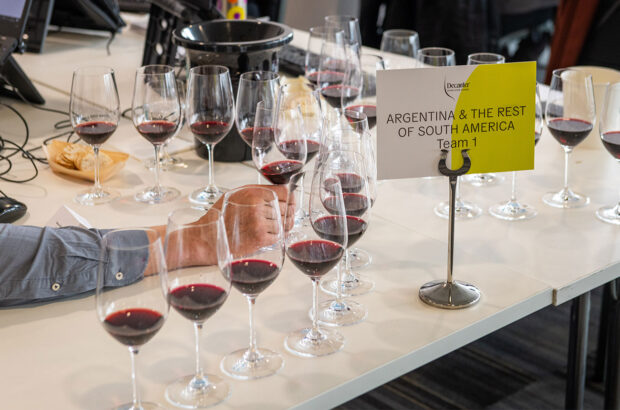The Sherry industry is facing a series of crises as the threat of strikes at harvest time is added to oversupply and falling prices – but there is reason for optimism, some insiders say.
Gonzalez Byass: ‘reasons to be optimistic’
This week negotiations between bodega employers and union representatives resumed in a bid to avoid a further strike at harvest time over pay and working conditions.
The last year has seen a cocktail of scandals and setbacks. In August 2010, nine bodegas, and the industry’s consejo regulador, were fined €6.7m for attempting to fix the prices of supplies for supermarket Sherries.
And more recently the sector has been embroiled in pensions irregularities, promotional budgets have shrunk to next to nothing and stocks remain uncomfortably high.
Added to this, on 29 June workers came out on strike over pay and working conditions for the first time in two decades – and they are threatening to strike again during harvest.
While around 6,000 hectares of vineyard are being uprooted this year, one of the main problems is oversupply, Jorge Pascual, director of Sanlúcar-based Delgado Zuleta said, with so much wine around, supermarkets are able to offer rock-bottom prices for supplies for their own-brand sherries.
‘There is nowhere for the wine to go,’ Pascual said, but added that he could see a future ‘for medium-sized and smaller family businesses with strong brands’.
The industry is increasingly polarised between large volume producers and smaller bodegas who focus on high quality sherries. The latter includes Fernando de Castilla, Emilio Hidalgo, Hidalgo-La Gitana, Guiérrez Colosia, Maestro Sierra and Bodegas Tradición.
Fernando de Castilla’s Jan Pettersen said, ‘We are part of a new wave of producers offering traditional styles and we target a new set of consumers who never drank medium and cream sherry.’
The UK is leading the trend for these smaller producers, as well as major companies such as González Byass, which operate in both the mainstream and the upper end.
Jeremy Rockett, marketing director of González Byass UK, reckons the vibrant London restaurant scene could mark a turning point.
‘There is probably more reason to be optimistic now than for the last decade. The latest restaurant openings – Morito, Capote y Toros, Bar Pepito and José – have lent themselves perfectly to Sherry and unashamedly call themselves sherry bars, or concentrate on their sherry credentials.’
He added, ‘Obviously it takes a long time for a London fad to become a wider trend, but past revelations that sherry was getting popular were usually based on great press coverage, this time people are buying Sherry and happily drinking it.’
Written by Patricia Langton







